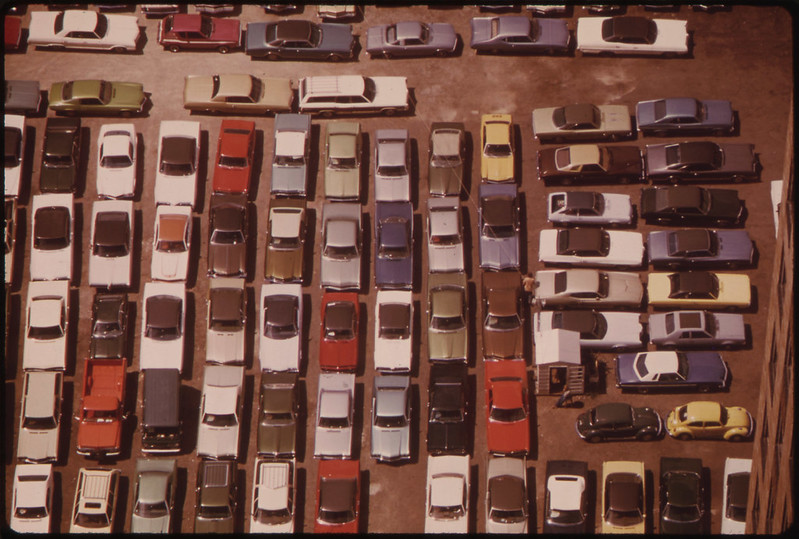I recently discovered that the county assessor has put a version of the parcel database online, searchable by a web map interface. Most of the parcel entries in the database have address information that can be entered into OSM.
My workflow is to use a split screen. On one side I have a browser window open to the assessor’s web map interface. On the other I have JOSM running. I use the address tool to manually fill in the information.
While Whitman County is a little larger than the state of Delaware in area, it only has a population of around 50,000. I plan to start with the small communities and rural areas of the county then progress to the city of Pullman.





